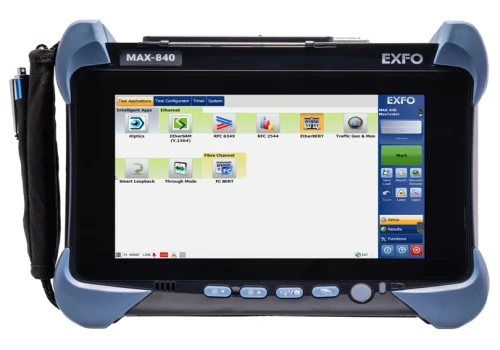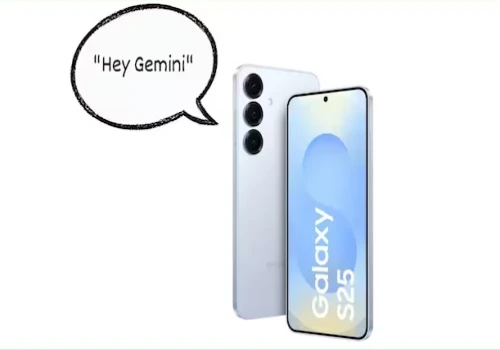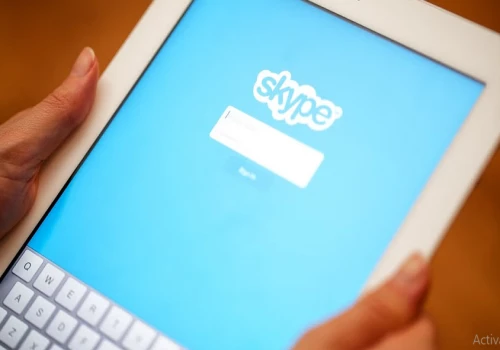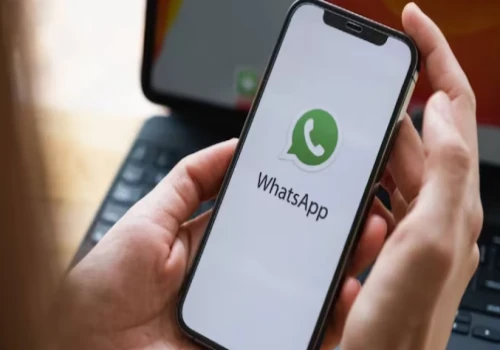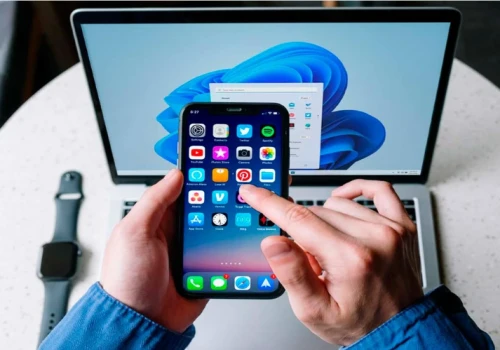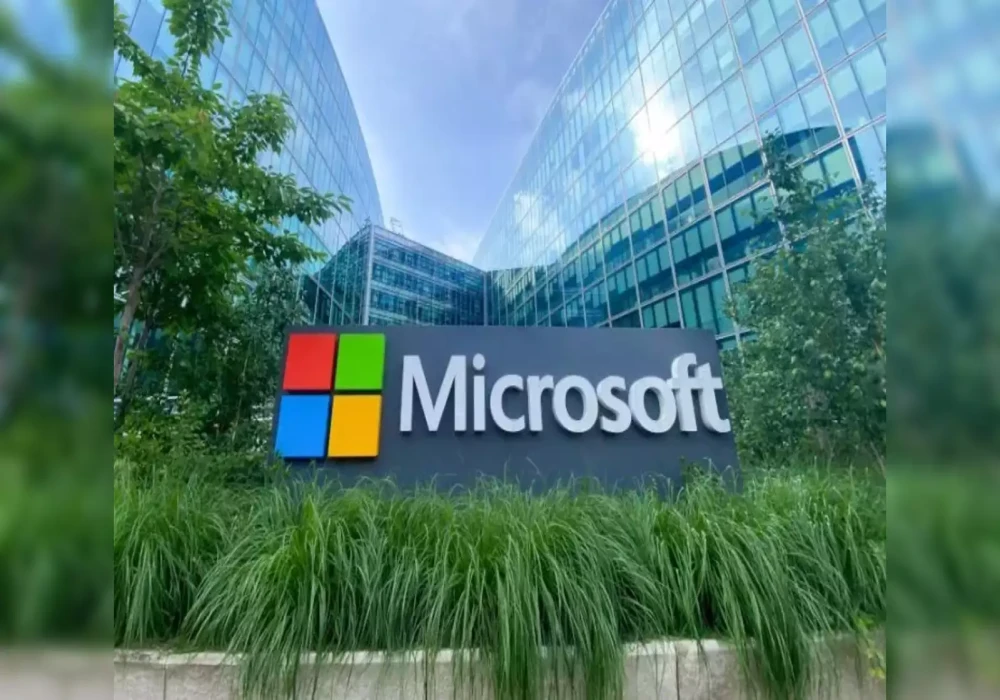
According to a report from Forbes, Microsoft has confirmed a serious Wi-Fi vulnerability in Windows, identified as CVE-2024-30078. The severity of this security flaw has been rated 8.8 out of 10. It allows an attacker, who must be near the target, to gain remote control of a device without needing physical access. This vulnerability impacts all supported versions of the Windows operating system.
How the Vulnerability Works?
CVE-2024-30078 is particularly worrisome due to its ability to be exploited without user interaction. This vulnerability allows attackers to compromise a device simply by being in proximity, without needing the user to click links, open files, or perform any actions. Furthermore, no special permissions or access to device settings or files are necessary for the attacker.
What to Do?
Make sure to install the latest patches as soon as possible if your Windows version is still receiving security updates. In the June 2024 Patch Tuesday update, Microsoft has included a fix for this major security issue.
It's strongly recommended for those using unsupported versions of Windows to upgrade to a supported version. This helps prevent your devices from being vulnerable to attacks caused by running outdated software.
Safeguarding Your PC
Users should protect against this serious Wi-Fi vulnerability in Windows.
Make sure your Windows operating system is updated with the latest security patches from Microsoft to address this vulnerability in the June 2024 Patch Tuesday update. Install the latest patches.
Immediately upgrade to a supported version if you're using an end-of-life version of Windows. Unsupported versions, which do not receive security updates, leave your system at risk.
Implement endpoint detection and response (EDR) tools to monitor for any suspicious activity. These tools are crucial for detecting threats that evade traditional network-based security measures. Use Endpoint Detection Systems.
Make sure your systems are protected by staying informed with the latest security news and updates from Microsoft and other trusted sources.


